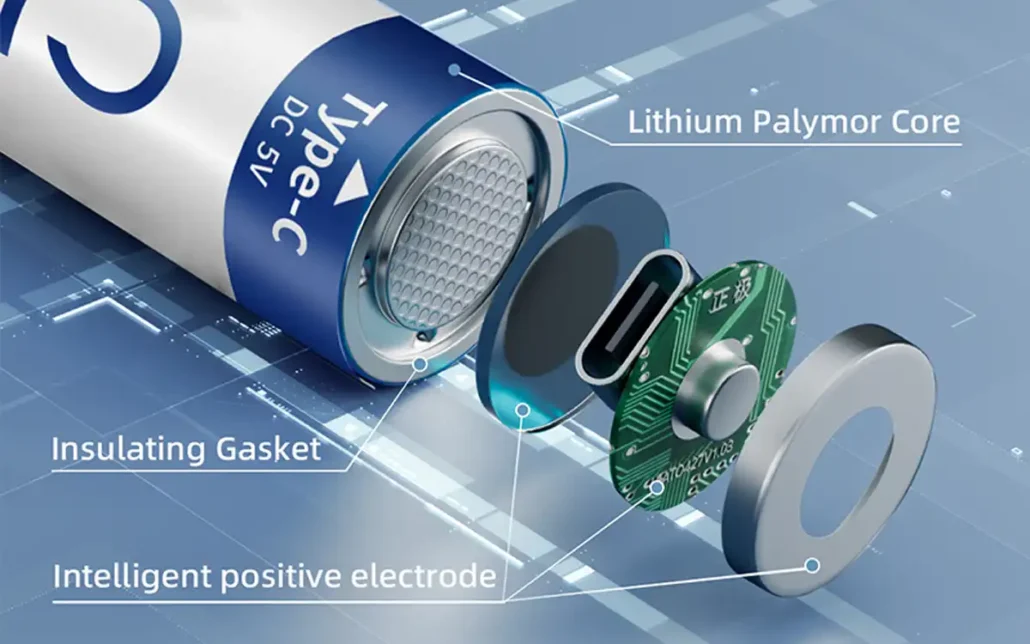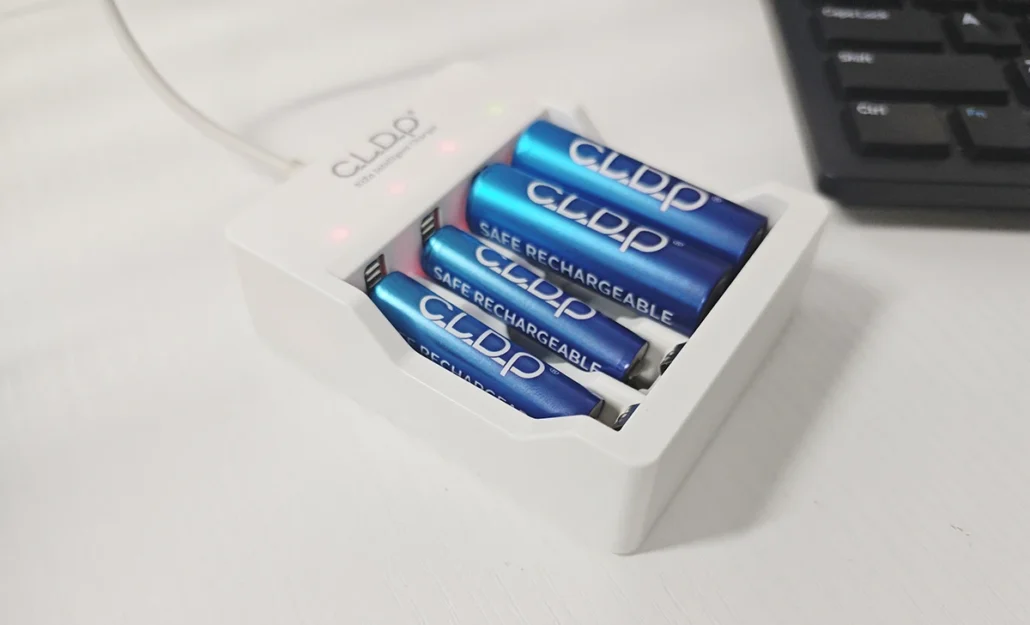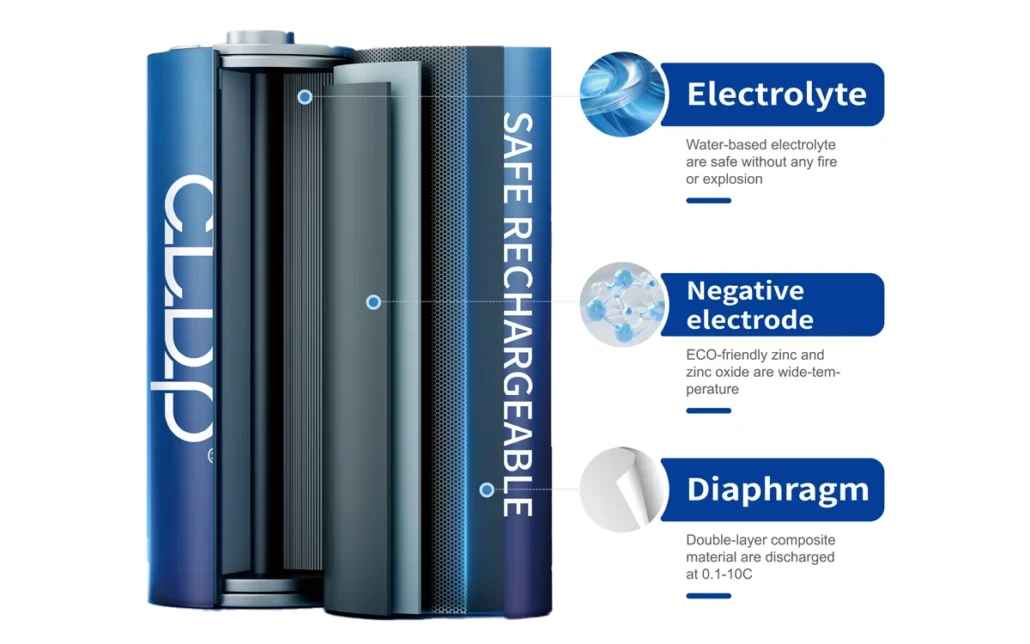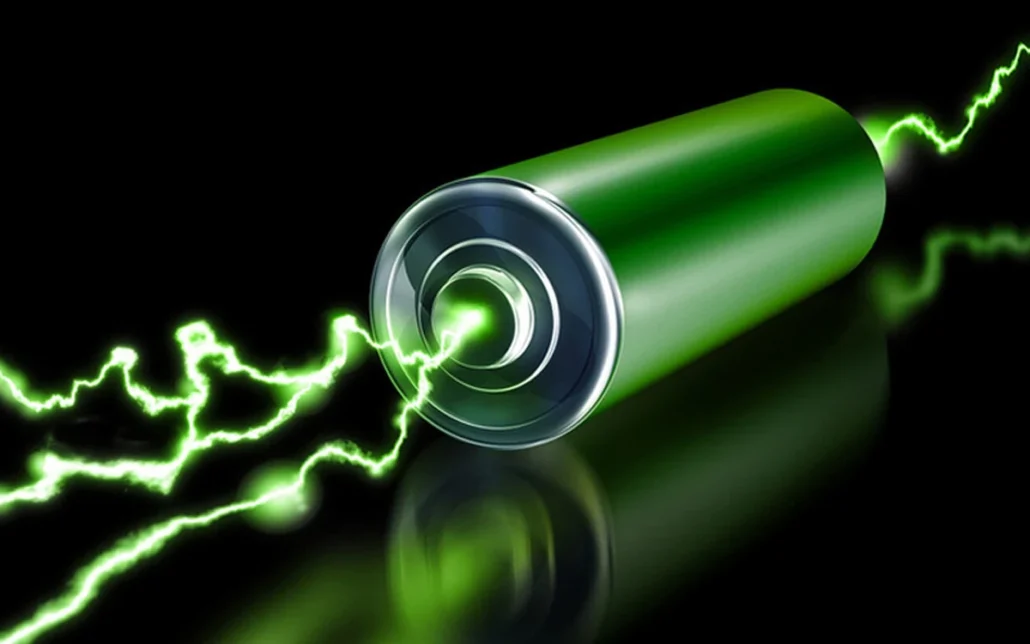USB lithium AA batteries (usually referring to lithium AA batteries with built-in USB charging function) usually integrate multiple protection functions to ensure safety and extend battery life. These protection measures are provided by the protection circuit module (PCM, Protection Circuit Module) or battery management system (BMS, Battery Management System) built into the battery.
Overcharge protection: When the battery voltage reaches the set upper limit (such as 1.5V for a single lithium-ion battery), the protection circuit will cut off the charging path to prevent the battery from being damaged or dangerous due to overcharging.
Over-discharge protection: Once the battery voltage drops below a certain threshold , the protection circuit will prevent further discharge to avoid permanent damage to the battery due to deep discharge.
Charge overcurrent protection: If the charging current exceeds the safe range, the protection mechanism will immediately interrupt the charging process to prevent the battery from overheating or other damage.
Discharge overcurrent protection: In the case of high current discharge, if the current is detected to exceed the safety limit, the protection circuit will cut off the output in a short time to prevent the internal temperature of the battery from rising sharply.
Short circuit protection: When the positive and negative electrodes accidentally contact each other to form a short circuit, the protection circuit can respond quickly and disconnect the circuit to avoid possible safety hazards.
Temperature protection: Some advanced protection circuits also include temperature monitoring, which can take action when the battery temperature is too high or too low, such as suspending charging and discharging operations until the temperature returns to normal.
Balance management (applicable to multi-cell battery packs): For battery packs composed of multiple cells, the protection system may also include a balance function to balance the voltage differences between each cell to ensure the efficiency and safety of the entire battery pack.
Under Voltage Lockout (UVLO): In some designs, when the battery voltage is lower than a certain value, there will be no power output even if the load is connected, so as to protect the battery from excessive discharge.
Pre-charge mode: For completely discharged batteries, some protection circuits allow pre-charging at a lower current until the battery voltage rises back to a safe range before resuming the normal charging rate.
Secondary protection: As an additional layer of safety, some protection circuits provide secondary protection, such as fuses or one-time non-recoverable protection devices, to deal with the failure of the main protection circuit.

The protection features of USB AA lithium batteries are achieved through sophisticated electronic components that are designed to be embedded in or tightly integrated with the battery in a compact form. This design not only ensures a safe user experience, but also improves the overall reliability and life of the battery. If you are considering purchasing or using such batteries, please make sure that they have the key protection features mentioned above and come from a reputable manufacturer.




